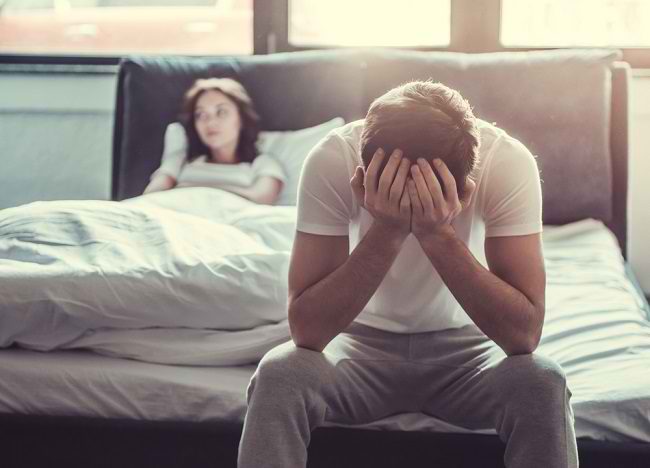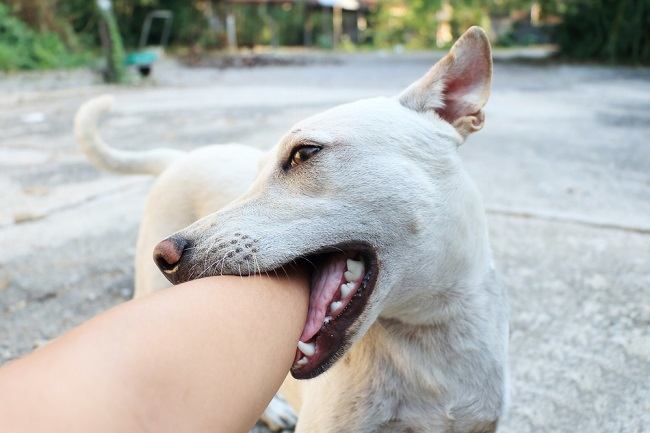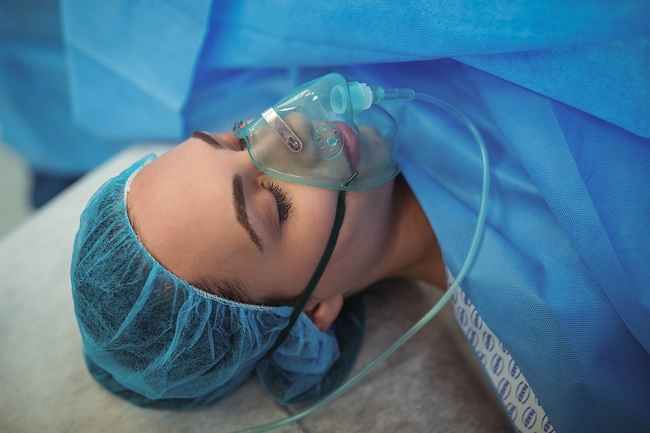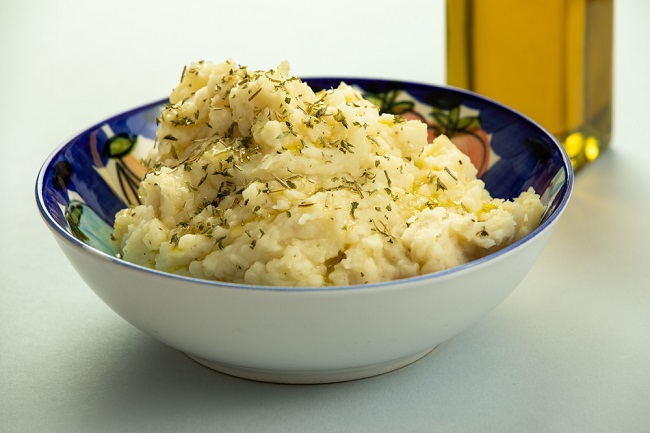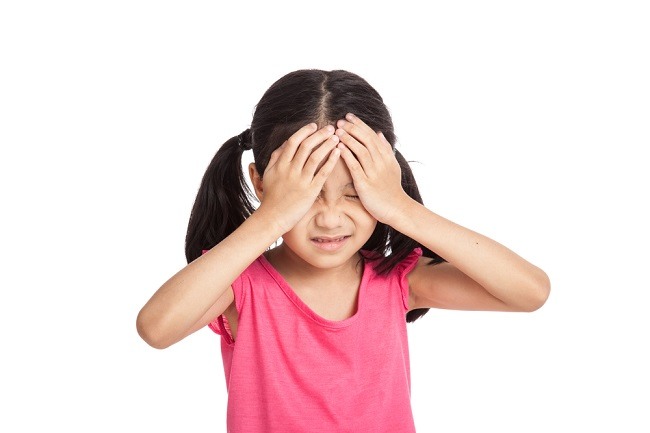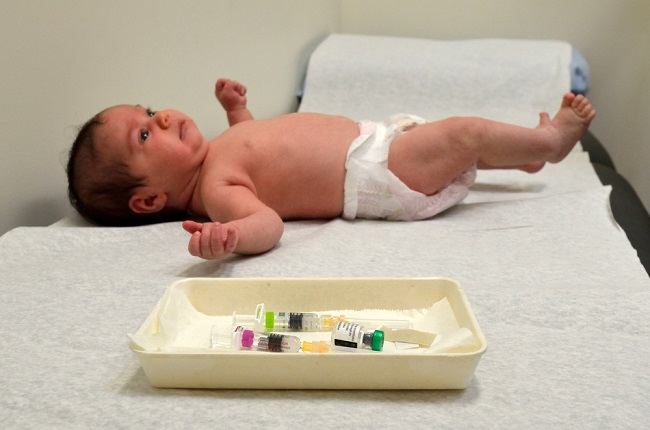Eye pain in children can be caused by various things, ranging from infection, irritation, to congenital abnormalities. Children tend to find it difficult to express their complaints, therefore parents need to be more introspective in recognizing the types of eye pain that children often experience.
As a parent, you must be worried when your little one complains that his eyes hurt. At the same time, you may feel confused because you don't know what causes your little one to experience eye pain and how to treat it.

now, see the following reviews so that you can help your child relieve the eye pain he suffers.
Common Eye Pain in Children
Here are some of the most common types of eye diseases experienced by children and how to deal with them:
1. Conjunctivitis
Conjunctivitis is inflammation of the conjunctiva, the tissue around the eye and on the inside of the eyelid. This condition can be caused by viruses, bacteria, allergic reactions, to irritation due to exposure to chemicals, dust, or smoke.
Children with conjunctivitis may show several symptoms, such as:
- Being fussy because the eyes are sore or itchy.
- Swollen eyes.
- Frequently rubbing or rubbing the eyes because the eyes feel uncomfortable.
- Eyes watery and red.
- A crust appears in the eye (darkness).
Conjunctivitis due to viral and bacterial infections can be easily transmitted to other people, while conjunctivitis due to irritation or allergic reactions is not contagious.
To treat this condition, the child should be examined by a doctor. The doctor will determine the diagnosis and type of conjunctivitis based on the results of the child's eye examination.
After the cause and type of conjunctivitis is known, the doctor will determine the treatment of conjunctivitis according to the cause. If this condition is caused by a bacterial infection, then antibiotic eye drops or eye ointment can be given to treat it.
However, if the inflammation is caused by allergies, the doctor may prescribe anti-allergic drugs in the form of eye drops, syrup, or powder.
As long as the child has this eye pain, there are treatments that can be done at home to help relieve the complaints that the little one feels. This treatment can be in the form of giving cold compresses interspersed with warm compresses on the eyes and reminding the child to wash their hands and not rub their eyes.
2. Stye
In addition to conjunctivitis, a stye is also one of the most common eye diseases in children. These small bumps that grow in or around the eyelids are usually caused by a bacterial infection.
Styes can occur more easily if your child doesn't keep their eyes clean or has certain habits, such as rubbing their eyes frequently with dirty hands. Fortunately, a stye can heal and deflate on its own within 1-2 weeks without treatment.
While waiting for the child's condition to improve, you can help relieve the child's symptoms by giving a warm compress for 5-10 minutes on the eye that has a stye. This compress can be repeated 3-4 times a day. Don't forget to always remind your little one not to press the lump in his eye.
However, immediately take your child to the eye doctor if the stye persists for 2 weeks, accompanied by fever, swelling and severe pain in the eye, and bleeding or pus from the lump.
3. Orbital cellulitis
This child's eye pain is a condition that needs to be watched out for. Orbital cellulitis is a bacterial infection of the fat, muscle, and bone tissue around the eyeball. This infection can spread from the sinus cavities (sinusitis) or occur when a child has an eye injury.
Children who experience eye pain will show several complaints, such as:
- The eyes are swollen and red, making it difficult for the child to close their eyes.
- Frustration due to pain in the eye.
- Impaired vision.
- Fever.
- Difficulty moving eyeballs.
If your child shows some of the symptoms above, immediately take your child to an eye doctor for proper examination and treatment. Delayed treatment can increase the risk of your little one experiencing a number of complications, such as meningitis, sepsis, and blindness.
To treat orbital cellulitis in children, the doctor will prescribe antibiotics. In more severe cases or if antibiotics do not work to treat eye pain in this child, the doctor will need to perform eye surgery.
4. Blockage of the tear glands
If your child is under 1 year old and has symptoms such as continuous tears, swelling of the area around the eyes, eyelids sticking together, and crusty eyes, it could be a sign that your child is suffering from blocked tears.
This condition is common in newborn children and will heal on its own after he grows up (usually improves after the child is about 1 year old).
To relieve the complaints and symptoms that your child feels when he has a blocked tear gland, try rubbing or gently massaging his eyelids. After the massage, the child's eyes can also be given a warm compress 2-3 times a day.
But don't forget, before and after massaging, make sure you wash your hands thoroughly.
In addition to some of the eye problems above, children can also experience some other eye pain, such as:
- Refractive errors in the eye (nearsightedness or farsightedness).
- Cockeye.
- Lazy eye or amblyopia (lazy eyes).
- Glaucoma.
- Cataract.
- Retinopathy of prematurity, which is a disorder of the retina of the baby's eye that occurs due to babies born too soon (under 31 weeks).
Some of the eye diseases above are generally caused by congenital abnormalities or birth defects in the eyes that have occurred since the child was still in the womb.
When your child complains of eye irritation or pain, try not to panic. If the complaints felt by the child do not improve, immediately take the child for further consultation with an ophthalmologist to get the right examination and treatment.

